Burger & Frights
Burger & Frights places the player in control of a cyclist returning home at night. The road is narrow, the forest surrounds both sides, and the destination lies ahead. The experience is presented from a first-person perspective, and the player moves automatically forward along the path. The control system is minimal, requiring only direction and awareness. There is no tutorial or introduction. The game begins on the road and continues until the loop is complete.
Burger & Frights places the player in control of a cyclist returning home at night. The road is narrow, the forest surrounds both sides, and the destination lies ahead. The experience is presented from a first-person perspective, and the player moves automatically forward along the path. The control system is minimal, requiring only direction and awareness. There is no tutorial or introduction. The game begins on the road and continues until the loop is complete.
Gameplay Rhythm
The loop structure of the game is based on repetition with variation. Each time the player begins again, the path remains similar, but details shift. New objects appear, sounds grow louder, and the pacing becomes more intense. The goal is not to avoid something directly but to observe and endure until the conclusion is reached. The experience builds tension through rhythm, silence, and the distance between familiar checkpoints.
Elements the player will encounter include:
· A tunnel with a flickering light overhead
· A passing train that appears in later loops
· A figure in the distance that may not stay there
· Sudden movement from the side of the road
· A bike that responds differently as loops progress
Sound and Response
Audio plays a central role in Burger & Frights. There is no music, but the environment produces signals—rustling leaves, bike wheels, short tones—that guide or unsettle. The player must decide whether to look around or stay focused forward. Turning around is possible but not always safe. The limited control makes every action intentional, especially in moments when the player must react without preparation.
Visual Layout and Interaction
The graphics use a low-resolution style, and the lighting creates a narrow field of view. The screen is mostly dark, except for the road and the space immediately ahead. Interactions are few. There are no choices to make, no dialogue to follow. The game moves on its own, and the player is simply part of the motion. Objects that appear on the road must be avoided or acknowledged. The speed remains constant except in moments where motion stops unexpectedly.
Conclusion Without Instruction
Burger & Frights ends without a message or summary. The final loop introduces events that suggest a reason for the journey, but nothing is stated. The experience resets after completion, allowing the player to restart immediately. No statistics are shown. The result is a cycle that can be interpreted in several ways—reflection, memory, warning—but never confirmed. The game relies on pacing and presence, not explanation.

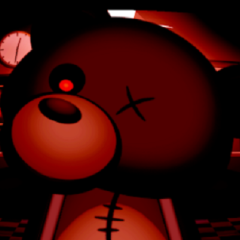
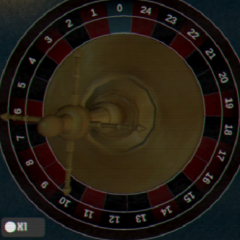
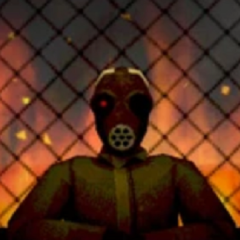
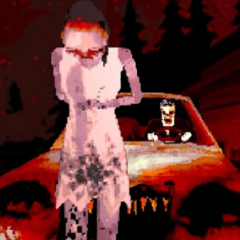
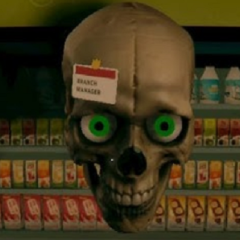

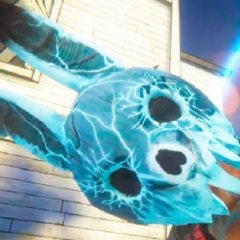
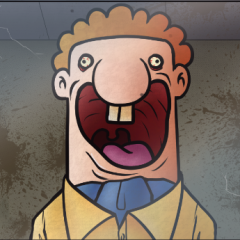

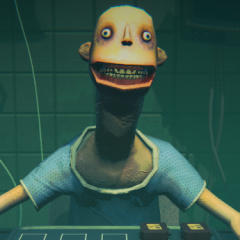



Comments